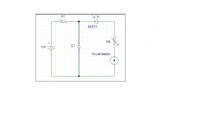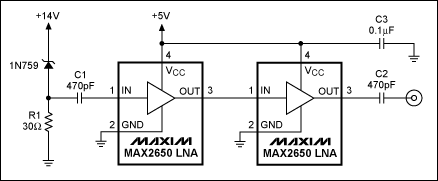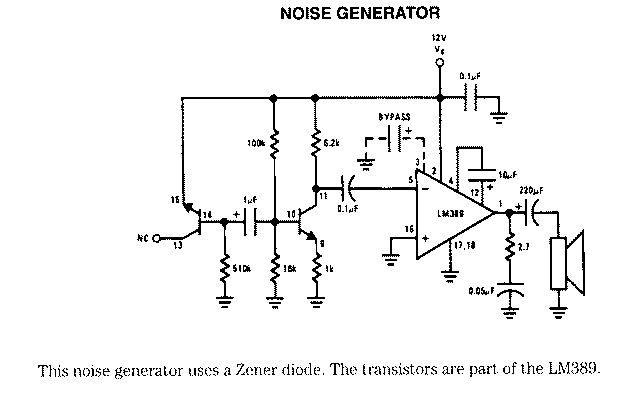anushaas
Member level 5
Can anyone tell me what should be the optimum values for R1,C1 and range of R3 so as to get the dark current of s5972 photodiode(from Hamamatsu) which is of pico ampere range?The sensitive area of photodiode is properly covered to avoid any kind of reflections so as to get the dark current as output.




